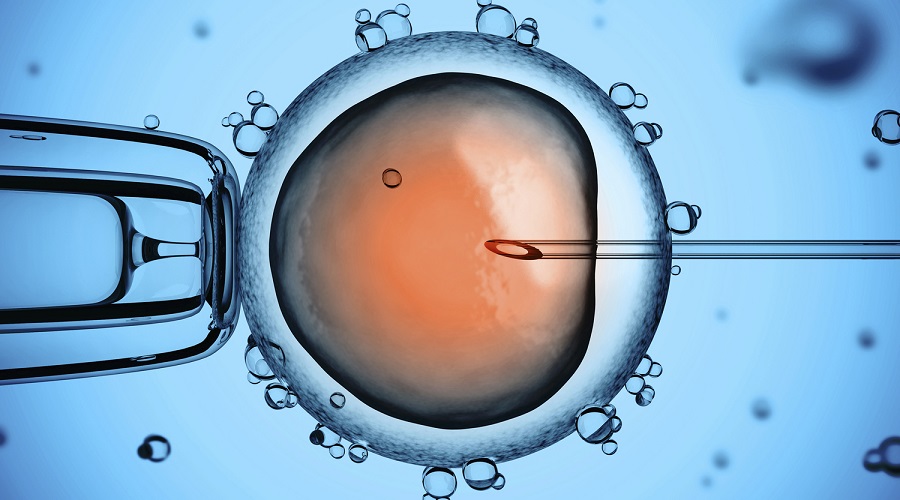
INTRA-CYTOPLASMIC SPERM INJECTION (ICSI)
Intracytoplasmic sperm injection (ICSI) is an assisted reproductive technology (ART) used to treat sperm-related infertility problems. ICSI is used to enhance the fertilization phase of in vitro fertilization (IVF) by injecting a single sperm into a mature egg. The fertilized egg is then placed in a woman's uterus or fallopian tube
Sperm collection :
If sperm cannot be collected by means of masturbation, they are surgically removed from a testicle through a small incision. This method may be used when there is a blockage that prevents sperm from being ejaculated or when there is a problem with sperm development. To screen for genetic problems that could affect offspring, experts recommend that men with little or no sperm in their semen (not due to a blockage) have genetic testing before they start ICSI.
Ovulation and egg retrieval :
To prepare for a procedure using your own eggs, you must get daily shots and be closely monitored for 2 weeks before the eggs are collected. At home, you or your partner injects you with gonadotropin or follicle-stimulating hormone (FSH) to stimulate your ovaries to produce multiple eggs. This is called superovulation. After the first week, your doctor checks your blood estrogen levels and uses ultrasound to see if eggs are maturing in the follicles. During the second week, your dosage may change based on test results and ultrasound. If follicles fully develop, you are given a human chorionic gonadotropin (hCG) shot to stimulate the follicles to mature. The mature eggs are collected 34 to 36 hours later. This is done using laparoscopy or needle aspiration guided by ultrasound through the belly to the ovaries.
Sperm injection and transfer :
A glass tool is used to hold an egg in place. A tiny glass tube is used to put one sperm into the egg. After culturing in the lab overnight, eggs are checked to see if they've been fertilized. After incubation, the eggs that have been successfully fertilized or have had 3 to 5 days to further develop are selected. One or more are placed in the uterus using a thin flexible tube (catheter) that is inserted through the cervix. Your doctor will recommend how many embryos to transfer, based on your age and other information about you. The other embryos may be frozen for future use.